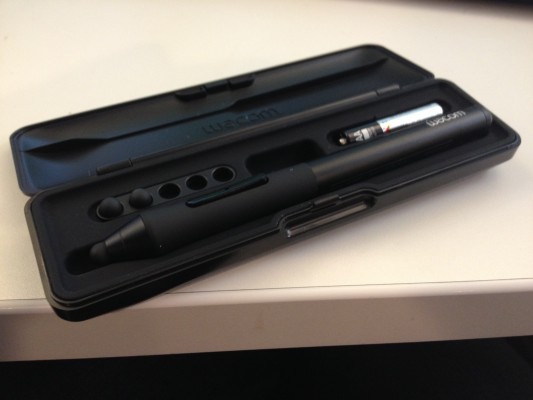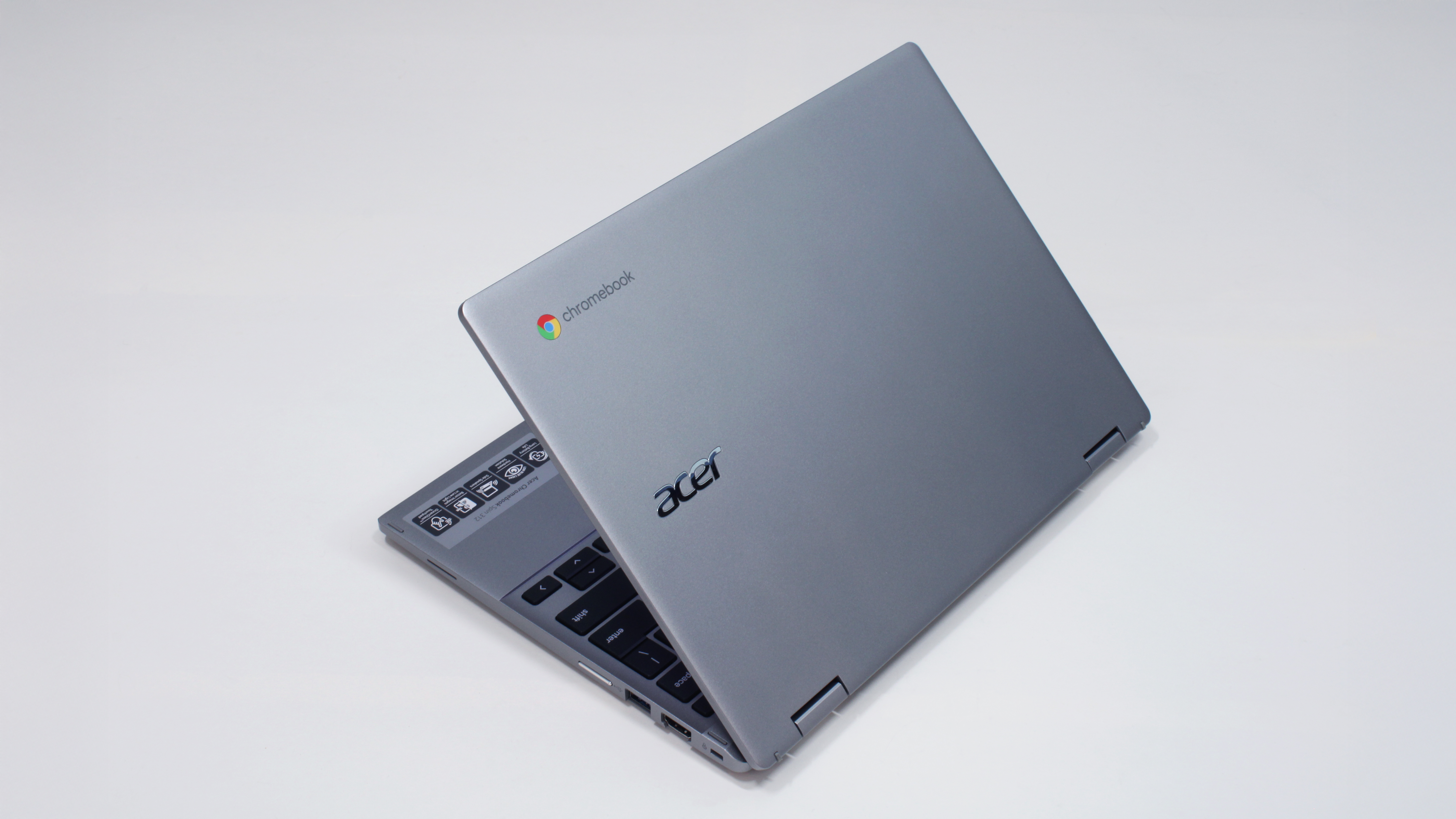Wacom Cintiq Companion Tablets Hands-on: Made for Artists
Wacom is known for making a variety of digital drawing accessories for artists working on a PC or Mac, but the company noticed a significant lack of support for illustrators who are always on the go. Enter two new pen-enabled, 13-inch tablets, the Windows 8-powered Cintiq Companion (launching in October at Wacom.com for $1,999) and the Android-powered Cintiq Companion Hybrid ($1,499 for 16GB in September). We channeled our inner Picasso and went hands-on with these slates.
The Cintiq Companion has five buttons on its left side, including a home button and navigation pad. The device's buttons, along with the ones on the included stylus, can be programmed to perform specific functions for individual apps. For example, the buttons can perform one set of commands for Photoshop, and a different set of actions for Autodesk Sketchbook. The Companion includes a soft carrying case, as well as a stand that snaps onto the device's back.
MORE: Best Tablets 2013
At 14.8 x 9.8 x 0.7 inches and 3.9 pounds, the Cintiq Companion is quite hefty, but the slate is meant to rest on its stand or your lap instead of being held freehand. We felt comfortable using the device in stand mode, as the screen's palm rejection allowed us to lean on the tablet's screen while we scribbled away.
We spent some time drawing on Sketchbook, and found that the Companion was very responsive to both the fine-point stylus and our fingers. The device's 2,048 levels of pen pressure allowed us to make thin strokes by pressing lightly and thick lines when drawing more aggressively--just like an actual pencil and sheet of paper. Thanks to the Companion's aforementioned palm rejection, you won't make any unnecessary marks on your work when resting your palm on the surface. We were able to easily rotate and zoom our drawing thanks to the device's multi-touch support.
We also liked how responsive the pen's click buttons were, as we had no problem instantly undoing mistakes. We did encounter a strange error where the Companion occasionally failed to register our touches while on the Windows 8 Start screen, but Wacom said we were using a beta build of the tablet.
Wacom also brought along the Cintiq Companion Hybrid, an Android version of the tablet. The Hybrid looks and weighs the same as the Windows 8 version, and also has a 13.3-inch 1080p display, but uses an Nvidia Tegra 4 processor and runs Android 4.2. It too, has a responsive, vivid touchscreen, so choosing between the two comes down to which OS has art software that better suits your needs.
Stay in the know with Laptop Mag
Get our in-depth reviews, helpful tips, great deals, and the biggest news stories delivered to your inbox.
MORE: Best Photoshop CC Alternatives 2013

Wacom also showed us its new Intuos Creative Stylus, a $99 digital pen designed for the third-generation iPad and up as well as the iPad Mini. The device connects to your iPad via Bluetooth 4.0, and lets you use its two click buttons for undoing, re-doing, or any other function for which you'd like a shortcut. Unlike the Companion's pen, the Intuos Stylus has a large, soft ball-point tip, but still lets you apply various types of strokes to your iPad's screen thanks to its 2,048 levels of pressure.
As with the Companion devices, the test iPad we used responded instantly to both our stylus strokes as well as the click buttons. While the AAA battery-powered Creative Stylus was a bit heavier than the Companion's pen, the device was still comfortable to hold thanks to the soft-touch material covering the bottom end of the pen.
Aspiring iPad artists can pick up the $99 Intuos Creative Stylus at Best Buy starting in October.

